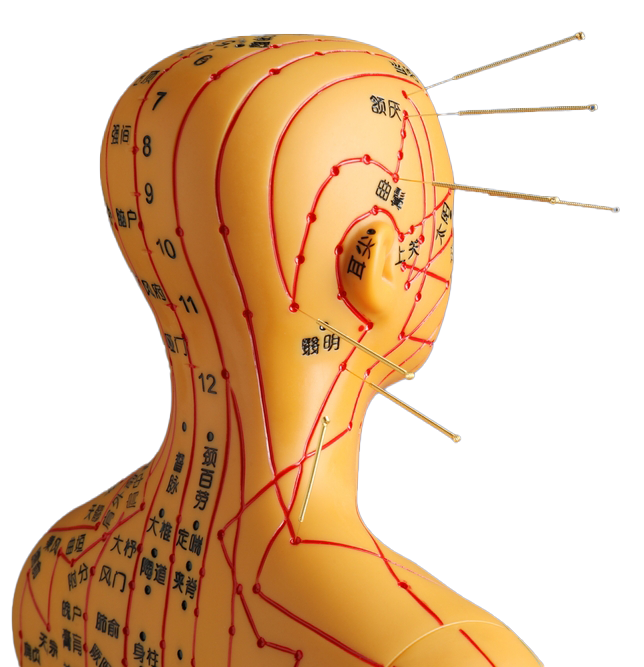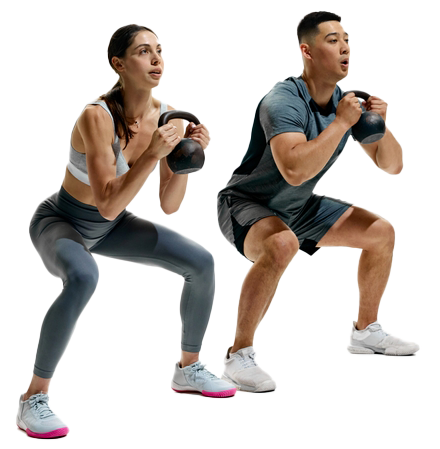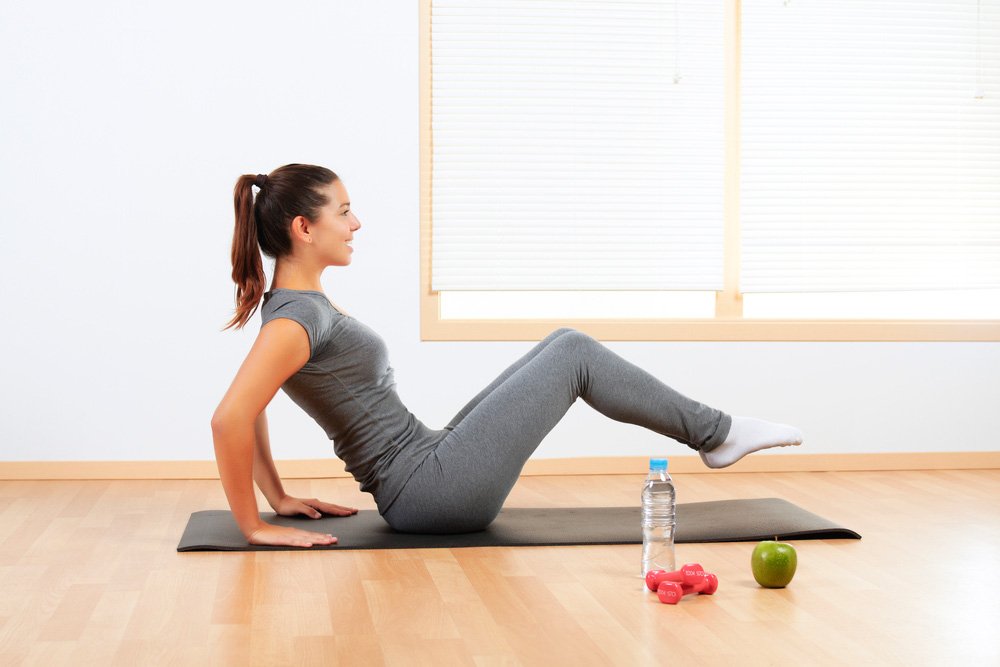- Facet joint Radiofrequency Thermocoagulation (RFT) Treatment
- Radiofrequency Thermocoagulation Dorsal root ganglion (DRG) radiofrequency thermocoagulation (RFT)
- Discitis Procedure
- Sacroiliac Joint Radiofrequency Treatment (Simplicity)
- In-Disc Ozone Therapy
- Nucleoplasty
- Transforaminal Injection (Pinpoint)
- Facet joint block
- Epidural Injection
Exercise and mobility
- Home
- Pain Prevention
- Exercise and mobility
Contents
Toggle- Creating an individualised treatment plan
- The role of different specialities (physiotherapist, orthopaedist, psychologist, neurosurgeon)
- Pain treatment during pregnancy
- Treatment of chronic pain in the elderly
- Pain management in children
- Stress management
- Healthy eating
- Ergonomic living arrangements
- Exercise and mobility
- Facet joint Radiofrequency Thermocoagulation (RFT) Treatment
- Radiofrequency Thermocoagulation Dorsal root ganglion (DRG) radiofrequency thermocoagulation (RFT)
- Discitis Procedure
- Sacroiliac Joint Radiofrequency Treatment (Simplicity)
- In-Disc Ozone Therapy
- Nucleoplasty
- Transforaminal Injection (Pinpoint)
- Facet joint block
- Epidural Injection
- Cancer pain
- Permanent Epidural / Spinal Port Application
- Vascular Port (Permanent Vascular Access)
- Trigeminal Nerve RFT
- Blockade of Ganglion Stellatum
- Lumbar Sympathetic Ablation
- Facet joint Radiofrequency Thermocoagulation (RFT) Treatment
- Radiofrequency Thermocoagulation Dorsal root ganglion (DRG) radiofrequency thermocoagulation (RFT)
- Hernia Burning (IDET)
- Discitis Procedure
- Sacroiliac Joint Radiofrequency Treatment (Simplicity)
- Permanent Epidural / Spinal Port - Pump System
- In-Disc Ozone Therapy
- Nucleoplasty
- Peripheral Nerve Block
- Transforaminal Injection (Pinpoint)
- Facet joint block
- Epidural Injection
- Intra-articular Fluid Treatment
- Dorsal root ganglion (DRG) radiofrequency thermocoagulation (RFT)
- Spinal cord stimulation (pain pacemaker)
- Ergonomic living arrangements
- Spinal cord stimulation (pain pacemaker)
- Nucleoplasty
- Radiofrequency ablation
- Herbal solutions
- Dry needle treatment
- Anti-ageing treatments
- Ozone therapy
- Cupping therapy - Cupping
- Mesotherapy
- Prolotherapy
- Acupuncture
- Stem Cell Therapy
- Nerve blockages
- Corticosteroid injections
- Massage and relaxation techniques
- Manual therapy
- Electrotherapy
- Neuropathic pain medications
- Anti-inflammatory drugs
- Muscle relaxants
- Painkillers (paracetamol, ibuprofen, etc.)
Regular exercise and mobility for pain prevention is a fundamental approach to support body health and control pain. It helps to prevent both acute and chronic pain by providing many advantages such as strengthening muscles, protecting joints, correcting posture and improving circulation. Below, the importance of exercise and mobility for pain prevention, basic principles, sample exercises and points to be considered are explained:
1. The Role of Exercise in Pain Prevention
- Increasing Muscle Strength
- Strong muscles help prevent pain by reducing the load on the joints. They especially protect weight-bearing joints such as the knees, hips and spine.
- Maintaining Joint Mobility
- Regular movement of the joints reduces the risk of stiffness and stiffness. This is particularly important in rheumatic diseases and age-related osteoarthritis.
- Improving Circulation
- Exercise increases blood circulation, allowing more oxygen and nutrients to reach the tissues. It also helps to remove toxins and inflammatory substances.
- Improving Posture and Balance
- A correct posture reduces stress on the spine and musculoskeletal system. Poor posture is one of the main causes of back, neck and shoulder pain.
- Keeping Body Weight Under Control
- Regular physical activity helps to control weight, reduces the load on the joints and prevents obesity-related pain.
- Increasing Endorphin Secretion
- The endorphins (happiness hormones) released during exercise act as a natural painkiller and improve mood.
2. Exercise Types and Objectives
Exercises can be divided into different categories depending on individual needs and the type of pain. These types are described below:
2.1 Aerobic Exercises
- Objective: Improving cardiovascular health, weight control and general endurance.
- Examples: Walking, cycling, swimming, dancing, jogging.
- Benefits: Increases energy levels, strengthens the muscles around the joints and helps with weight control.
2.2 Strengthening Exercises
- Objective: To provide joint stability and reduce the risk of injury by increasing muscle strength.
- Examples: Weight lifting, exercise with resistance tyres, movements such as planks or push-ups with your own body weight.
- Benefits: Reduces the load on the musculoskeletal system and facilitates daily activities.
2.3 Stretching and Stretching Exercises
- Objective: Maintain range of motion and prevent stiffness by increasing muscle flexibility.
- Examples: Yoga, pilates, dynamic or static stretching.
- Benefits: Reduces muscle spasms, increases joint mobility and prevents pain caused by muscle tension.
2.4 Balance and Coordination Exercises
- Objective: Reduce the risk of falls and improve the body's ability to balance.
- Examples: Standing on one leg, use of balance board, tai chi.
- Benefits: Reduces the risk of injury due to loss of balance, especially in elderly individuals.
2.5 Functional Exercises
- Objective: To support and facilitate the movements performed in daily life.
- Examples: Getting up from a chair, climbing up and down stairs, bending and lifting exercises.
- Benefits: It allows to perform daily life activities more comfortably.
3. Sample Exercise Programme
Below is a basic exercise programme recommended for general health and pain prevention:
3.1 Warm-up (5-10 minutes)
- Light walking, light jogging on the spot, circular movements of the arms and shoulders.
- Warming up prepares the muscles for exercise, reducing the risk of injury.
3.2 Strengthening and Stretching
Reinforcement
- Squat against the wall
- Slowly squat down with your back against the wall and get up again. 10-15 repetitions.
- Arm Traction with Resistance Tyre
- Fix the resistance tyre on the door and slowly pull your arms back. 12-15 reps.
Stretching
- Cat-Cow Stretch
- Start on hands and knees. As you inhale, arch your back, as you exhale, lower your stomach towards the floor. 10 repetitions.
- Hamstring Stretch
- Sitting on a chair and stretching your legs, try to reach your fingertips. 15 seconds for each leg.
3.3 Cardio (10-20 Minutes)
- Light brisk walking, cycling or swimming.
- At least 150 minutes of moderate aerobic exercise per week is recommended.
3.4 Cooling and Relaxation (5-10 Minutes)
- Light brisk walking, deep breathing techniques, static stretching.
4. Points to Consider in Exercise and Mobility
- Exercise Suitable for Individual Situation
- Everyone has a different health condition and pain threshold. People with chronic illnesses or joint problems should plan their exercise programme with a physiotherapist or doctor.
- Dosage and Continuity
- It is important to increase the exercises gradually. Sudden and intense exercise can lead to pain and injury. It is more important to do it regularly.
- Correct Form and Technique
- Incorrect posture or movements during exercise can cause harm instead of benefit. Working with an expert guide at the beginning ensures that the correct techniques are learnt.
- Respecting Pain
- If pain is felt during exercise, the movement should be stopped and a specialist should be consulted. The logic of "no pain, no gain" is wrong.
- Increasing Daily Mobility
- In addition to exercise, more movement in everyday life also prevents pain:
- Use the stairs instead of the lift.
- Frequently standing up while working at a desk.
- Taking short walking breaks.
- In addition to exercise, more movement in everyday life also prevents pain:
- Supportive Activities
- Activities such as yoga, pilates, tai chi contribute to the prevention of pain by providing both physical and mental relaxation.
5. Recommended Lifestyle Changes
- Balanced Nutrition: Get enough protein, calcium and vitamin D to support muscles and bones.
- Weight Control: Excess weight increases stress on the joints. A healthy weight helps to prevent pain.
- Reducing Smoking and Alcohol Consumption: These habits can negatively affect blood circulation and bone health.
- Stress Management: Stress can lead to muscle tension and increased pain. Meditation, breathing exercises or taking up a hobby can help with stress management.
6. When to Seek Expert Help?
- Severe pain during or after exercise.
- Swelling, redness or an increase in temperature in the joint with movement.
- If a constant feeling of fatigue and exhaustion prevents exercise.
- If the pain does not decrease or even increases despite exercise.
Summary
Exercise and mobility are essential for the prevention and management of pain. Regular physical activity supports the musculoskeletal system, improves circulation, reduces stress and helps to control weight. However, as each individual's needs are different, the exercise programme should be individualised and controlled. The exercise routine should be supported by a healthy lifestyle, should be done regularly and should respect the pain and not push the limits. If the pain becomes severe or the exercises increase the pain, it is important to consult a specialist.
Our treatments
- Home
- Pain Prevention
- Exercise and mobility





